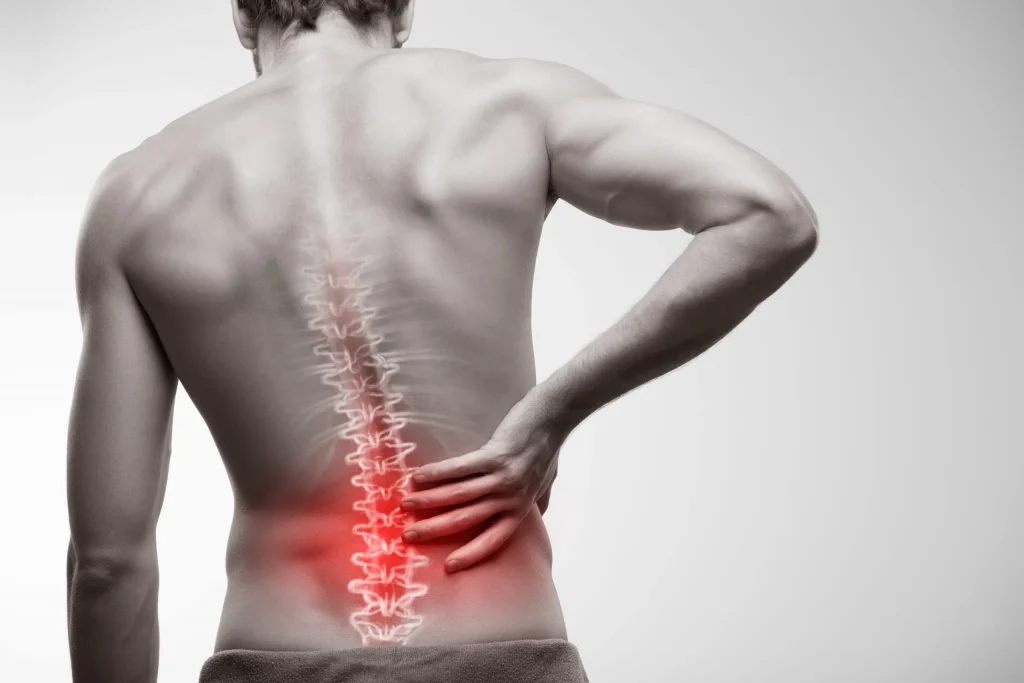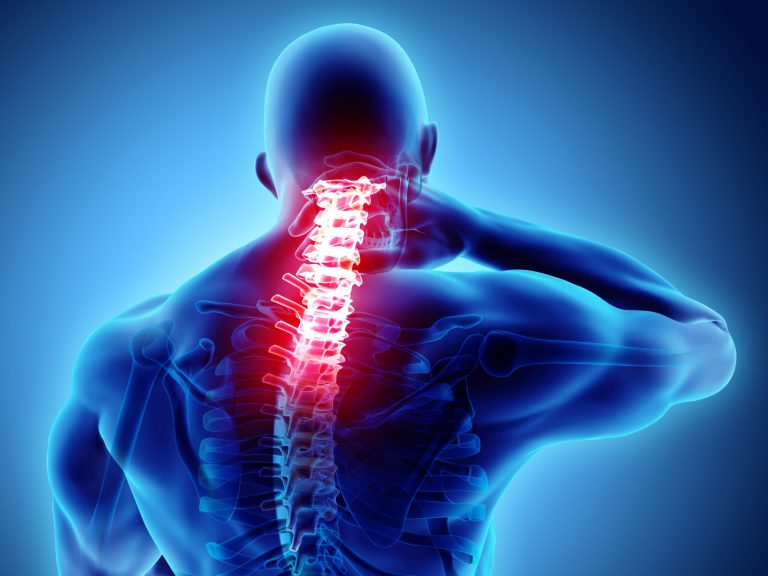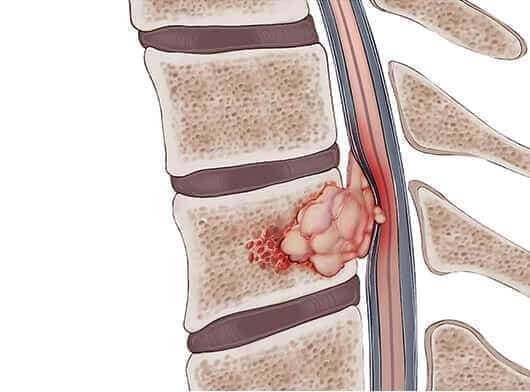
What is Low Back Pain (Lumbago)?
Low back pain is a common medical condition that must have experienced by many people at some point of time. Lumbago means having mild to severe low back pain. The lumbar spine is the body structure that interconnects ligaments, nerves, muscles and bones in order to provide flexibility as well as support to the entire body. After a precise diagnosis of the cause of Lumbago, the treatment options can be chosen based on the patient’s medical history.
Symptoms of Lumbago
Low back pain or Lumbago can show a number of symptoms. There are times when the low back pain can occur suddenly. It can start slowly and can get worse if not treated on time. Some of the symptoms that can be experienced by the patient are mentioned below:
- Having difficulty in walking, standing up straight or standing from sitting posture.
- Burning pain that is moving to the backs of the thighs or legs from the low back
- Muscle spasms
- If there is stiffness in the low back, hips and pelvis
- If there is pain that is getting worse after prolonged standing or sitting
What are the causes of Lumbago?
- Disc injury: The discs that are in the back are prone to any sort of injury. Over the time, the risk of tear of the disc increases. This can sometimes cause low back pain.
- Sciatica: Another cause can be Sciatica that can occur with a herniated disc. This condition occurs if the disc presses the sciatic nerve. This nerve will connect the spine and legs. Because of this, sciatica causes pain in feet and legs.
- Abnormal spine curvatures: abnormal curvatures in the spine such as lordosis and Scoliosis can also cause low back pain.
Treatment of Lumbago
Medical treatment: Based on the patient’s conditions, the treatment can be prescribed. The doctor will first analyze and determine the appropriate dosage of the medicine to the patients. Medications that can be provided to the patients are muscle relaxants and corticosteroid injections. Steroids are also advised to the patients to reduce inflammation. For pain relief, narcotic drugs are given. Apart from this, physical therapy can also be recommended depending on the status of the pain.
Surgery: For some serious cases, surgeries are recommended if medication fails. A foraminotomy can be done to open up the foramen which is a bony hole in the spinal canal. A discectomy can also be suggested in order to relieve the pressure from a nerve root pressed on by bone spur or a bulging disc. After this, the surgeon will remove a small piece of the lamina which is the bony part of the spinal canal.



